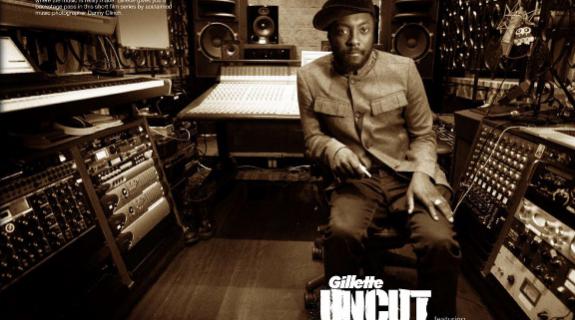The understanding of “celebrity” is changing, as Vine stars and YouTube performers are becoming the new endorser through branded content deals, and the days of movie stars hawking wares to the camera are fading away.
On Tuesday, Digital Hollywood’s panel, “Hollywood Brand Power: Strategic Concepts in Celebrity and Creativity Across Platforms,” discussed how to best leverage celebrities and personalities to promote brands, products and themselves. A few examples of how brands are using and enhancing those opportunities are below:
Brad Spahr, SVP of Sony Music, is currently working with Damon Wayans for a mobile gaming project as part of the company’s comedy album releases. Spahr says that when it comes to partnering with certain artists, there’s more to the decision than just aligning brands.
“As we look at celebrities that have a good following, there’s also a history of success that we can leverage,” he said. “We’re looking at extending that to celebrity brands to extend mobile gaming concepts.”
Dominic Sandifer, president of GreenLight Media & Marketing, partnered with Procter & Gamble for a branded series for Gillette aimed at 15-24-year-old males with the hope of building brand loyalty. The series, Gillette Uncut, featured artists getting ready before going onstage. Blink 182, Tim McGraw and will.i.am appear in the short-form series that Sandifer says is clearly not a commercial, it’s a documentary-style story that just happens to have 10 seconds of shaving in a five-minute episode, which is partly why it was successful.
Aaron Meyerson, president of bBooth, a talent discovery platform, has created a physical space where people can record videos of themselves singing in malls across the country. The recording studio booth is currently in malls in Los Angeles and Nashville with plans for 10 more locations by the end of the year. “It’s like LinkedIn for talent,” said Meyerson. “Everyone can be their own celebrity, everyone can be discovered. We’re bringing Hollywood to your hometown.”
So far they’re known for their booths, but they also have plans to launch an integrated app where those auditions can be uploaded the to bBooth YouTube platform and the video auditions can be used for singing competition shows. So far, they’ve partnered with AOL to cast a Web series and The Improv to find a comedian to win his own set at the comedy club.
Melinda Moore, president of Moore Media Ventures and adviser for Breakr and BOOMiO, specializes in branded content targeted at the Z Generation, or 14-20-year-olds. Breakr Nation is a cross-platform entertainment hub where content creators like the Janoskians create a chat environment to interact directly with their fans. According to Moore, the Nation will eventually expand to sell tickets and merchandise as well.
Bill Sanders, SVP of personal brand management at PMK*BNC, represents talent such as Yao Ming, who he calls “a reluctant icon,” someone who isn’t necessarily comfortable being famous, and utilizing those icons’ authenticity for branded opportunities and fan outreach. “We try to focus on telling their authentic stories, then connecting with people who their stories resonate with,” said Sanders.
In terms of best practices in the branding space, panelists pointed to a few recent projects. For one, the Kim Kardashian-branded game now worth millions actually started out as a game with moderate success. But after the company put Kardashian’s name on it and made a few changes, it was able to tap into her massive following to become a multi-million dollar brand. As Spahr described, the game bought her audience and her name to enhance the game’s marketing possibilities.
Sandifer points to his client Cam Newton as another example of a brand ambassador who is successful because of his authenticity.
“We live in the era of transparency,” he said. “The celebrities who do better are the ones willing to tell their own story.”
Sandifer and Newton worked on a branded deal with Under Armour and says it speaks to the importance of personalities telling genuine stories so fans can relate.
“Fans can see through it, they want the real story,” he said. “If you put them up on a pedestal, they’re going to fall off of it.”
Moore spoke about correctly aligning brands, using the example of when Justin Timberlake tried to launch a home goods site, but it didn’t take.
“It just didn’t work because no matter how he sees it, fans don’t see him as a home goods guy,” she said.
Lastly, the panel spoke to the large part social media plays in branding and building a following. According to Moore, Breakr Nation started very small until the Janoskians tweeted a brief message to their followers that they should download the app, and the app suddenly had 10,000 downloads.
And as always, the platform has to match the message. Sanders works with ESPN’s Jay Williams, who has a much more solid Twitter following than he does on any other site. Sandifer agrees, adding that he tells his client Cam Newton to use certain sites for certain posts – Facebook should host his videos, for example, while it makes more sense to send out news-like announcements on Twitter.
Tags:











































__twocolumncontent.jpg)











